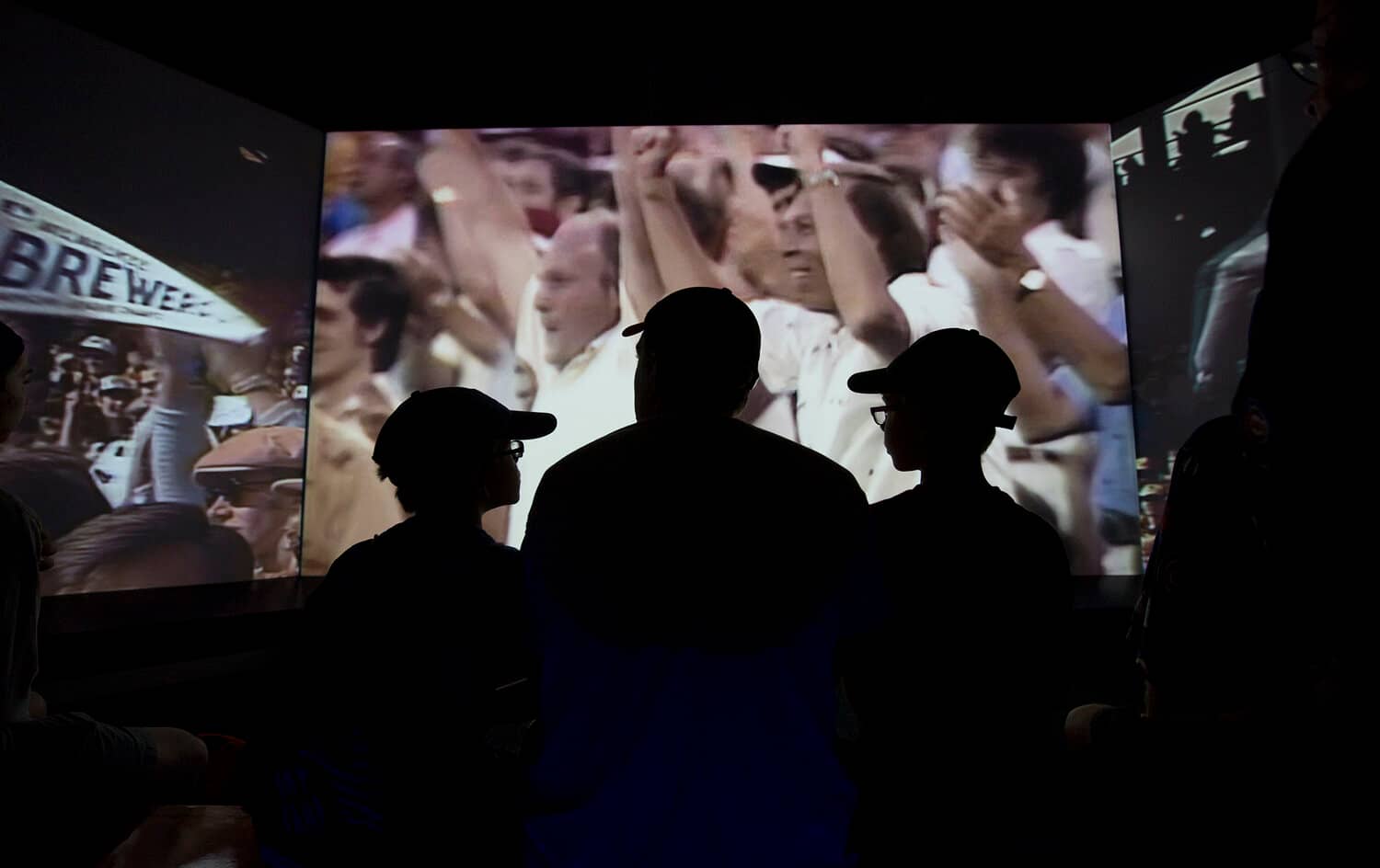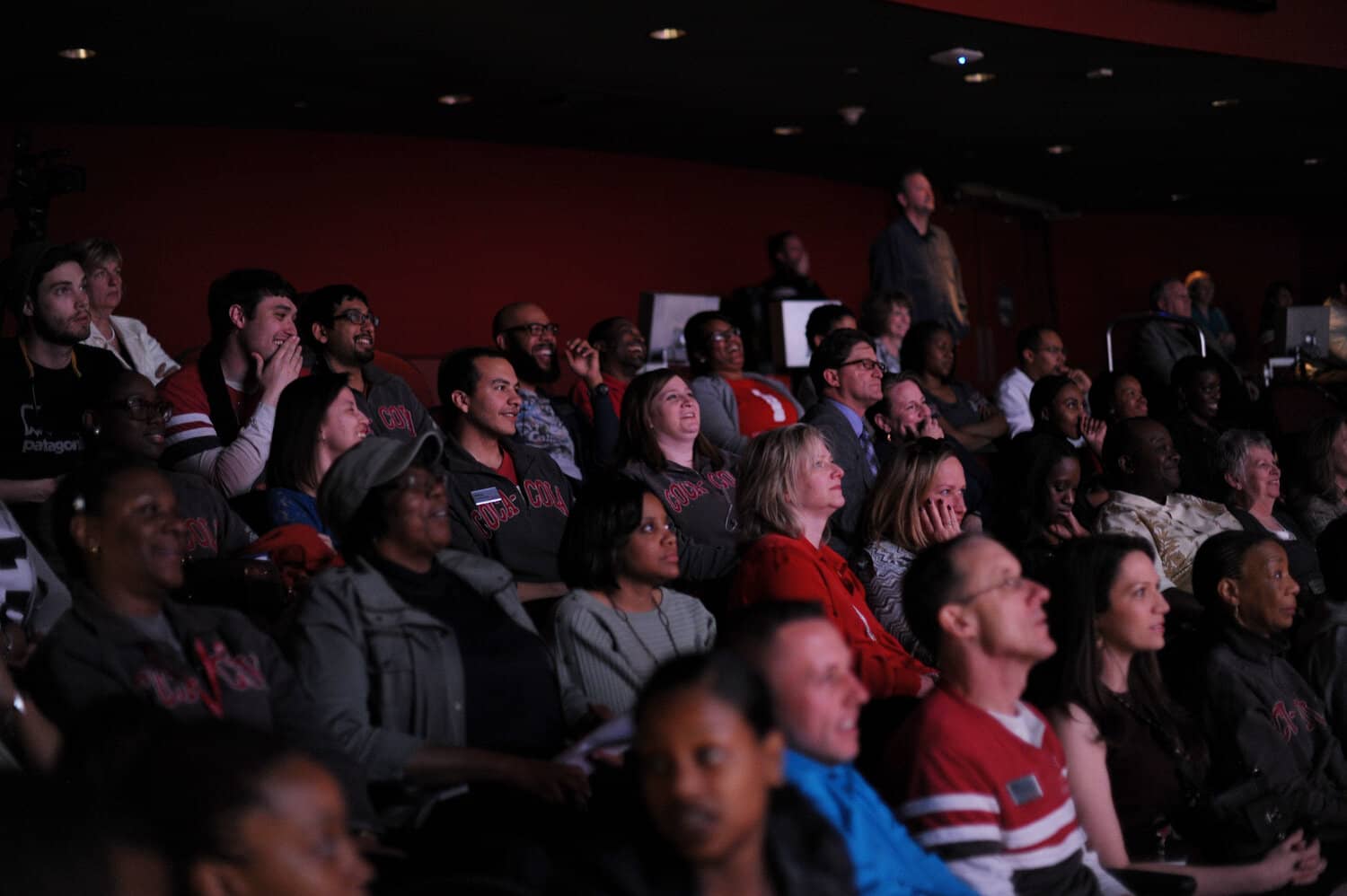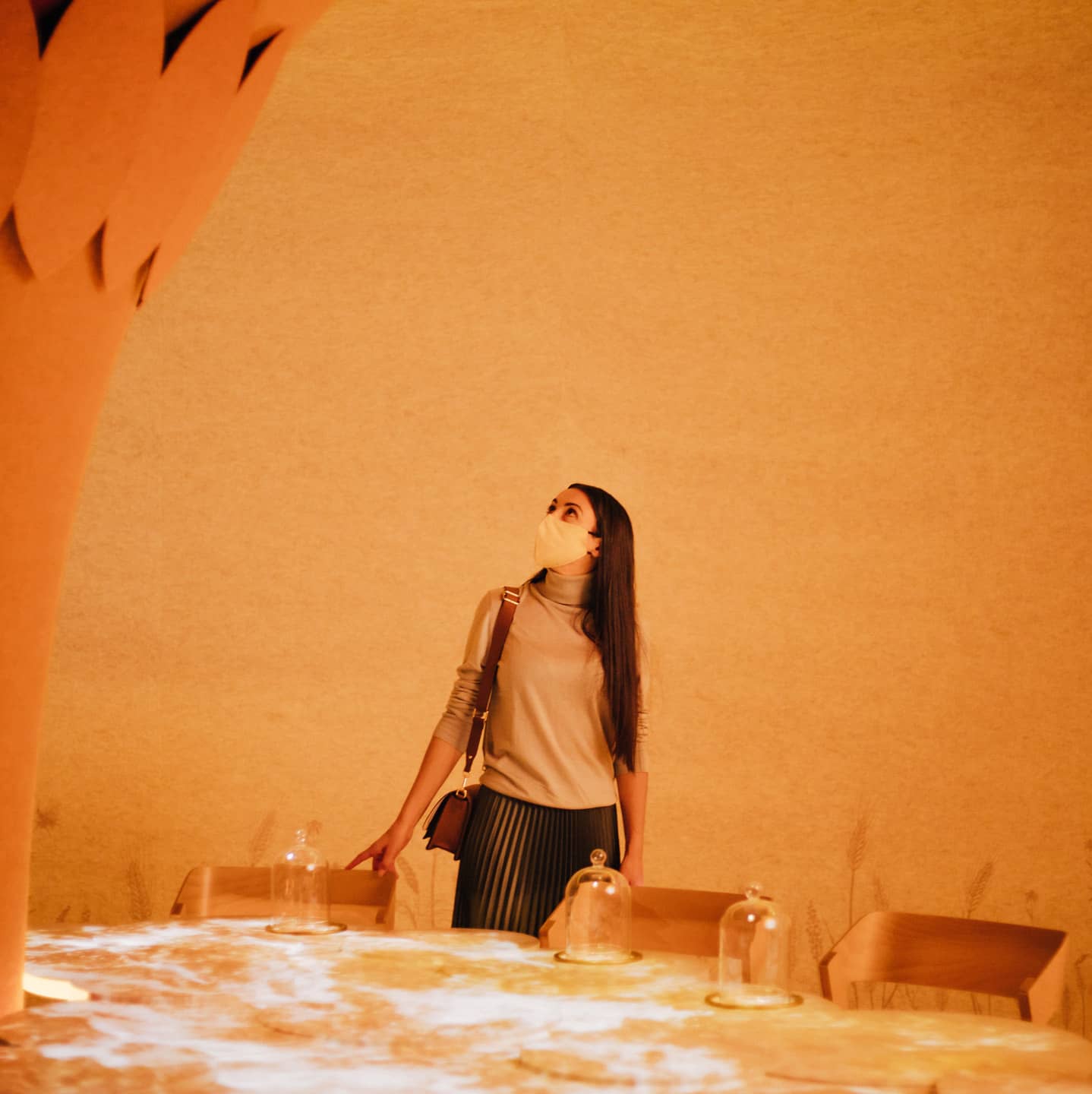- News
- Purple Places: Where We Come Together
Purple Places: Where We Come Together
BY RICHARD PROCTER
AUGUST 25, 2020
The great mythologist Joseph Campbell once wrote, “People say that what we’re all seeking is a meaning for life. I don’t think that’s what we’re really seeking. I think that what we’re seeking is an experience of being alive so that our life experiences on the purely physical plane will have resonances with our own innermost being and reality so that we actually feel the rapture of being alive.”

I felt that ‘rapture of being alive’ when my daughter and I took our once-a-year trips to Legoland when she was a child. For eight glorious hours, the troubled world fell away and we’d have wonderful adventures together: the people-powered Sky Cruiser, the Dragon Coaster, the Aqua Blaster, an hour tour through Mini-Land. Legoland is a place for families to have fun together, meet new friends and make memories that will last a lifetime. For my family, Legoland will always be a perfectly Purple Place.
What is a Purple Place? Purple is what happens when creative people create places where people from all walks of life can come together in harmony and honor common goals and values. Great examples of Purple Places: ballparks and stadiums, public libraries, art museums, movie theaters and, of course, theme parks and brand homes.

As we hurtle toward the 2020 presidential election, we’re inundated with news of how divided we’ve become as a country. If Red and Blue America are so at odds, why are we so eager to come together by the millions at these kinds of places? The surprising, counter-intuitive and earth-shaking answer lies in the premise of the book Humankind: A Hopeful History by Rutger Bregman:
International bestseller Rutger Bregman provides new perspective on the past 200,000 years of human history, setting out to prove that we are hardwired for kindness, geared toward cooperation rather than competition, and more inclined to trust rather than distrust one another. In fact this instinct has a firm evolutionary basis going back to the beginning of Homo sapiens.
According to this book, the people in the experience business – the ones who believe in creating places that celebrate values like courage, compassion, love and generosity – aren’t optimists, they’re realists.

The key to creating a successful Purple Place, then, is to invite guests to go on a narrative adventure that brings out the very best in themselves. When you take guests on a journey that allows them to experience their own power, they emerge with an enhanced idea of their ability to live the life of their dreams. Consider a simple trip on a roller coaster. The best coasters create a moment of terror in guests: “can I really survive this?” Two minutes later, they know something new about themselves: “I am daring, heroic, and brave beyond measure!”

When I go to the Norton Simon Museum in Pasadena and look at the paintings of Vincent Van Gogh and Claude Monet, I understand the truth of what Campbell said. I have a soul-deep experience of the courage it takes to become what Native Americans call a “real human being”: someone who has battled fear and learned to face life with love and compassion.
As storytellers and experience designers, it’s important to understand the fundamental purpose of our work, drilling down to the most basic needs of people: the need to love and be loved, the need to share our lives and know that others face the same challenges we do, and the need to go on great adventures that produce the poignant, unforgettable memories that sustain us our entire lives.
When we succeed, that’s what we in this business provide: the rapture of being alive. This is a rapture can all share and celebrate. That’s the promise of making Purple Places.

